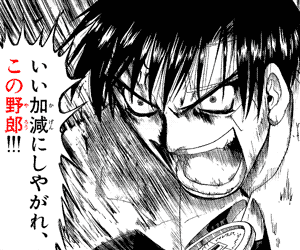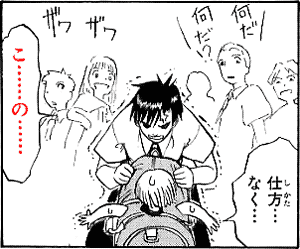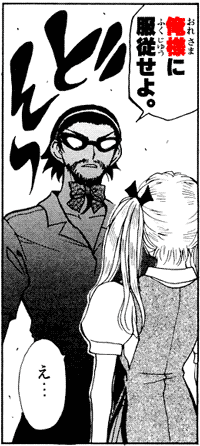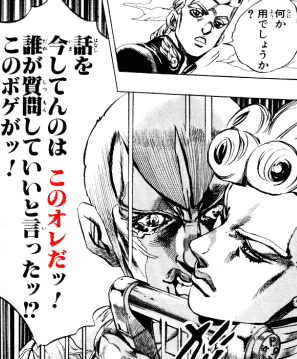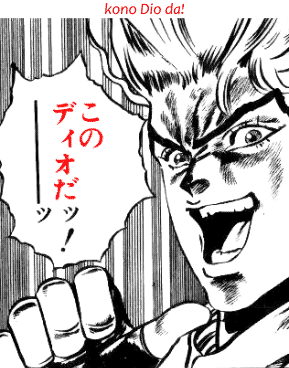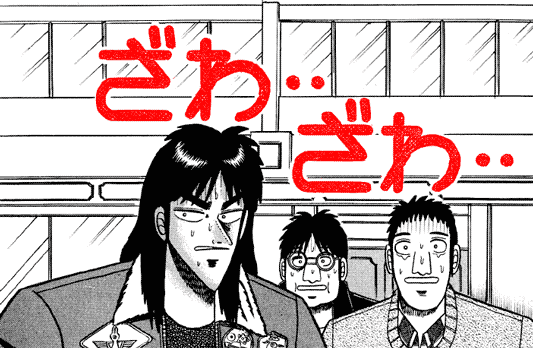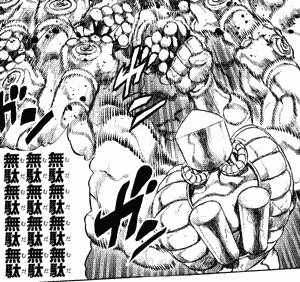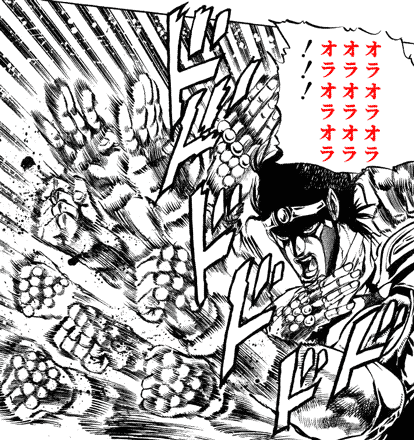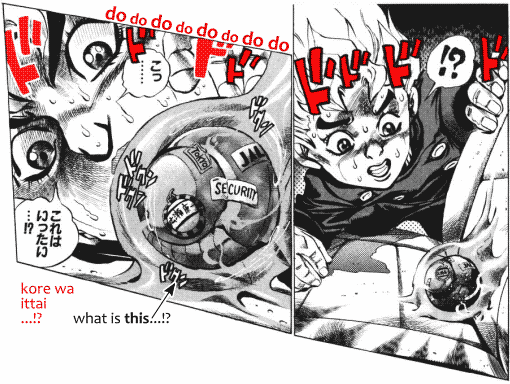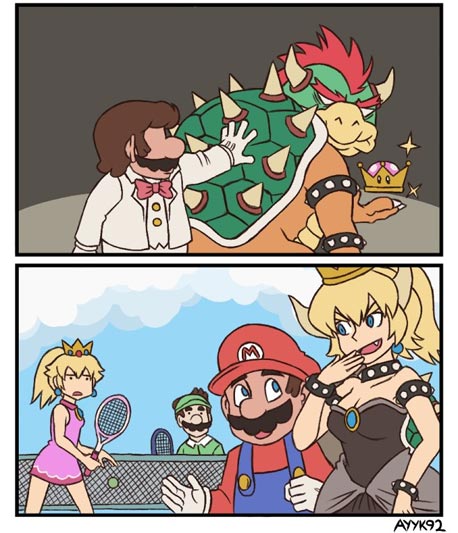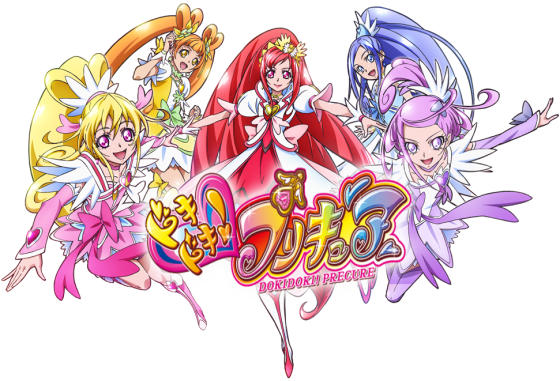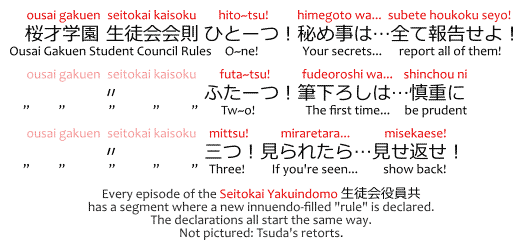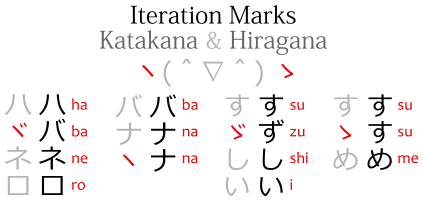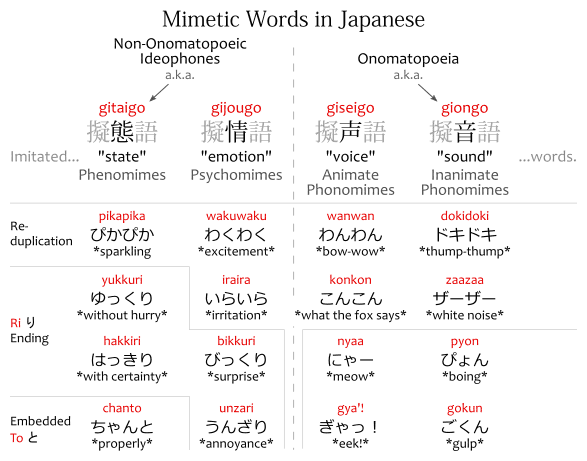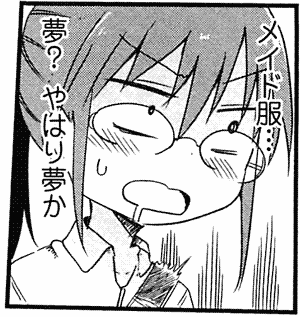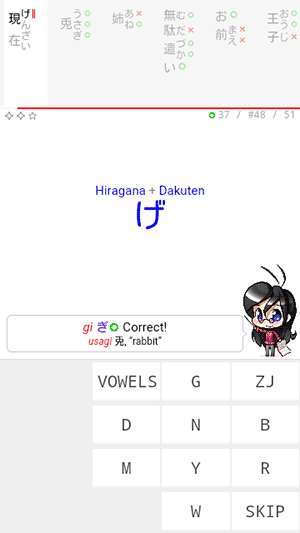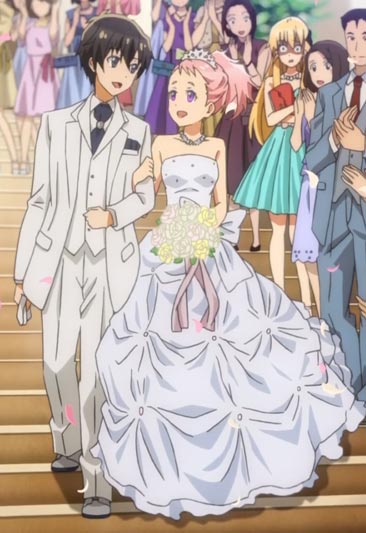- neko ga shaberu 猫が喋る
The cat talks. - shaberu 喋る
To talk. (a verb.) - shaberu neko 喋る猫
The cat [that] talks - ...that talks:
A relative clause.
In the example above, we aren't talking about any one cat. We're talking about the cat that talks, the talking cat, specifically.
In Japanese, relative clauses are called rentai-shuushoku-setsu 連体修飾節, "prenominal modifying clause," since they're clauses that come before nouns to modify them.
- English Relative Pronouns
- Wildcard Nouns
- Grammar
- Basic Usage
- With Verb in Non-Past Form
- With Verb in Past Form
- With Verb in Negative Form
- With Verb in Tai Form
- With Verb in Potential Form
- Ga が Becoming No の in Relative Clause
- Passive Form and Transitiveness
- With Verb in Causative Form
- With Personal Pronouns
- Wa は in Relative Clauses
- With Beki
- Nested Relative Clauses
- Cheat Sheet
- Examples
- Further Reading




